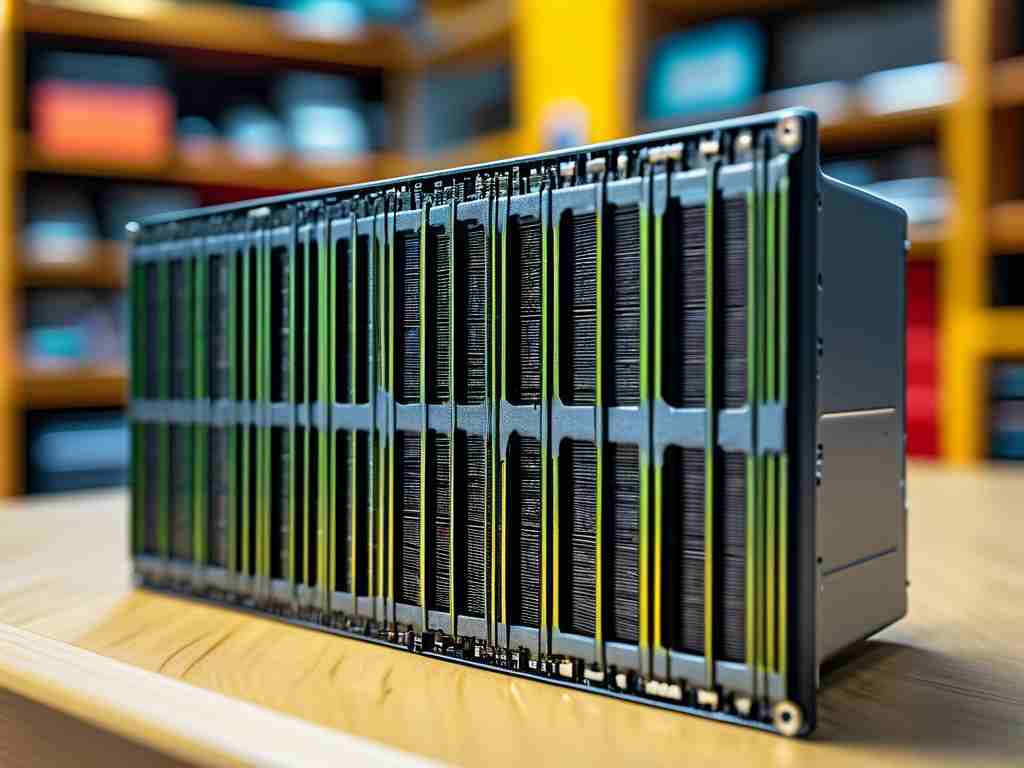In the realm of computer architecture, understanding the distinction between cache and RAM (Random Access Memory) is critical for optimizing system performance. While both serve as temporary storage solutions, their roles, designs, and operational efficiencies differ significantly. This article explores these differences in detail, shedding light on how they collaborate to enhance computing workflows.

Fundamental Roles
Cache and RAM operate at different layers of the memory hierarchy. The cache is a smaller, ultra-fast memory unit embedded directly within or near the CPU. Its primary purpose is to store frequently accessed data and instructions, reducing latency by minimizing the CPU’s need to fetch information from slower storage layers like RAM. In contrast, RAM acts as a bridge between the cache and permanent storage devices (e.g., SSDs or HDDs). It holds active applications and data required for immediate processing but is slower than cache and volatile, meaning it loses data when power is cut.
Speed and Latency
Speed is where cache outshines RAM dramatically. Modern CPU caches, built using SRAM (Static RAM), deliver access times measured in nanoseconds. For example, an L1 cache might achieve a latency of 1-2 ns, while L3 cache extends to around 10-20 ns. RAM, typically constructed with DRAM (Dynamic RAM), has access times ranging from 50-100 ns. This gap arises from SRAM’s design: it uses flip-flop circuits that retain data without constant refreshing, unlike DRAM, which requires periodic charge replenishment. Code snippets like memory allocation routines often highlight these differences. For instance:
// Accessing cache vs RAM in low-level programming int* cache_sensitive_data = (int*)__builtin_alloca(64); // Stack (cache-optimized) int* ram_data = malloc(1024 * sizeof(int)); // Heap (RAM-backed)
Capacity and Cost
Cache sizes are intentionally limited due to their high cost per byte. A high-end CPU might include 32 MB of L3 cache, while consumer-grade RAM modules start at 4 GB and scale to 128 GB or more. SRAM’s complexity—requiring six transistors per bit—makes it expensive compared to DRAM, which uses one transistor and capacitor per bit. This economic disparity explains why systems rely on a memory hierarchy: small, speedy cache handles urgent tasks, while expansive RAM manages larger, less time-sensitive workloads.
Physical Proximity and Power
The cache’s physical location impacts performance. L1 and L2 caches reside on the CPU die, minimizing data travel distances. L3 cache may be shared across cores but remains on the processor package. RAM, however, exists as separate modules on the motherboard, connected via buses. This physical separation introduces latency but allows for scalable capacity. Power consumption also differs: SRAM’s static nature leaks more power when idle, whereas DRAM’s refresh cycles consume energy intermittently.
Volatility and Data Persistence
Both cache and RAM are volatile, but their data retention mechanisms vary. Cache contents are transient and frequently overwritten as the CPU switches tasks. RAM retains data until the system powers down or the memory is reallocated. This distinction is crucial for software developers. For example, real-time applications might prioritize caching critical algorithms, while background services rely on RAM for temporary data buffers.
Cache and RAM are symbiotic components in modern computing. The cache’s blistering speed addresses immediate CPU demands, while RAM’s larger capacity handles broader workloads. Advances like non-volatile RAM (NVRAM) and 3D-stacked cache hint at future architectures blurring these lines, but for now, their specialized roles remain foundational. By grasping their differences, developers and engineers can write optimized code, configure systems efficiently, and troubleshoot performance bottlenecks with precision.

